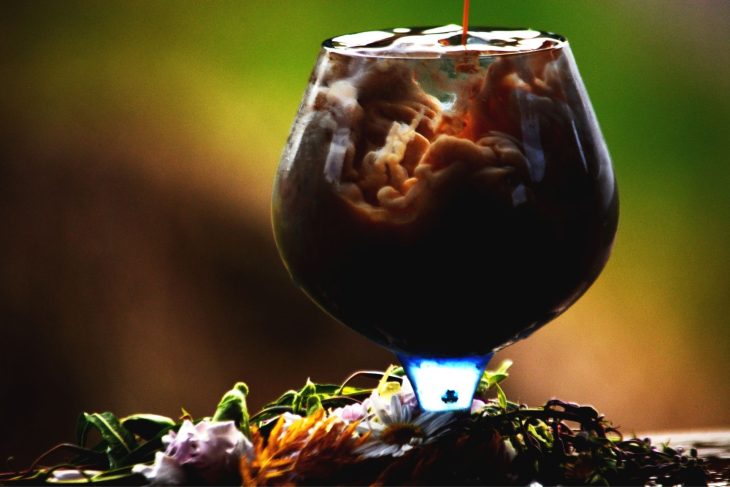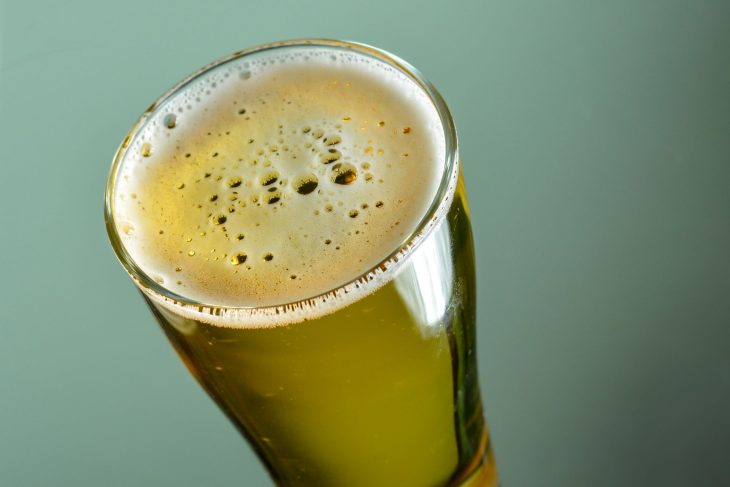Hey there! This site is reader-supported and we earn commissions if you purchase products from retailers after clicking on a link from our site.
It doesn’t matter what you’re making—beer, wine, or mead—you want the end result to taste as good as possible. Taste, however, is dependent on more than the ingredients you use to flavor your mead. You also need a great yeast strain to get things brewing up properly. Does that mean that one kind of yeast is better for making mead than others? We’re going to fill you in on everything you need to know, so you can make the greatest batch of mead yet.
Choosing The Best Yeast For Your Mead
Mead has tons of variety. You might favor a fruity honey wine over the traditional brew. Perhaps a hydromel with low alcohol is on the menu instead of a full-bodied sack mead. The thing is that you need to choose the right yeast for every single different type of mead out there. Different yeasts produce a variety of results, so you need to first establish what kind of mead you are making.

The ideal yeast for a traditional blend is going to be alcohol-tolerant, since some mead is upwards of 14% ABV. You also want to keep in mind attenuation. For a drier mead, you don’t want to choose yeast with low attenuation, because it will taste terrible.
Here are the factors you should consider when picking a yeast for mead:
- Temperature range. Most strains of yeast will have a set temperature range. If you go above or below that ideal range, the yeast could die off or go dormant, which will negatively impact your mead. You want a yeast that matches the recipe so that you get the best flavor and amount of alcohol.
- Alcohol tolerance. The yeast needs to be compatible with the desired alcohol content in the finished product. If not, the yeast will die before fermentation ends, leaving you with a sickeningly sweet beverage.
- Speed of fermentation. Some yeasts are slow to ferment, and that could affect the flavor of mead. Ideally, you want a moderate to fast paced fermentation period.
What Are The Best Mead Yeasts?
A great yeast is one that will transform honey and water into alcohol. The best choices are, surprisingly, not yeasts used for beer but for wine or champagne.
Here are some of the best yeasts for mead:

Lalvin D-47
This is one of the most commonly selected yeasts for making mead, especially when you want a sweet or medium mead. It ferments quickly and produces very little foam. Lalvin D-47 enhances the flavorful notes of wine and mead, so you will still taste the sweetness of honey. Mouthfeel is full and smooth. At the end of flocculation, the D-47 yeast settles at the bottom as a sediment.
- Temperature range: 15°C-20°C (59°F-68°F)
- Alcohol tolerance: up to 14% ABV
Lalvin K1-V1116
If you want a floral or fruity mead, consider K1-V116, a choice for country wines, melomels, and other fruit meads. Lalvin K1-V1116 ferments swiftly and has little effect on varietal character. This yeast also works well at cooler temperatures, which is where esters are best fortified. You will need some yeast nutrient and fruit to produce the high nitrogen environment in which this yeast flourishes.
- Temperature range: 15°C-30°C (59°F-86°F)
- Alcohol tolerance: up to 18% ABV
WLP720 Sweet Mead/Wine Yeast
A strain produced by White Labs that will leave behind a bit of sweetness. You will get around 15% ABV in the finished mead without the alcohol having an overwhelming presence.
- Temperature range: 21°C-23C (70°F-75°F)
- Alcohol tolerance: up to 15% ABV
Wyeast 4184 Sweet Mead
This yeast has been cultivated exclusively for mead, and it will leave about 2-3% sweetness in the end result. It works best with melomels and fruit mead, since it leaves a fruity profile. You can also use it for meads that have a lower ABV or a hydromel.
- Temperature range: 12.5°C-23°C (55°F-75°F)
- Alcohol tolerance: up to 11% ABV
Can I Use Bread Yeast For Mead?
If you can’t find brewing yeast, be it wine yeast, champagne yeast, or ale yeast, you might look at active dry bread yeast to make mead. Can you use bread yeast to make a decent mead? It’s possible.
But is it recommended? It’s up to you.

Bread yeast is perfectly fine to experiment with, you may not get the result you want. You can try brewing up multiple batches of mead with different amounts and types of bread yeast to see which yeast type is the best. However, being that yeast is the third most essential ingredient in mead, you don’t want to overlook its importance.
There is also one shortcoming to bread yeast—it doesn’t flocculate much. Bread yeast doesn’t settle during cold crashing, either. Furthermore, certain strains of bread yeast do not tolerate high amounts of alcohol, so you will need to find a more resilient strand of bread yeast if you truly want to try using it to make mead.
That said, you can use Fleishmann’s Bread Yeast (as seen in an Ancient Orange Mead recipe) and get a tasty result.
Best Yeast For Mead – The Final Verdict
Although it is said that the best yeast for mead is going to be cultivated precisely for the brewing of mead or wine, you can use a variety of yeasts to get a number of results. Depending on what kind of mead you wish to create, you can even use standard bread yeast. Have fun with it and see what you get out of your mead making adventures.
Recommended Reading
Bottle Priming: How to Use Priming Sugar to Bottle Beer
As with all things related to home brewing, using priming sugar is an art that requires some skill and knowledge to get right. If you have ever wondered about bottle priming, you have come to the right place.
Choosing the Best Base Malts For Your Beer
What are base malts? Let's delve into of the malting process and learn how malting fits in with the homebrewing process.
Dry Yeast vs Liquid Yeast: Which is Better?
Dry yeast vs liquid yeast: Which one is better for brewing beer? Let’s talk about it so you can make the right decision for your brew.
The Perfect Porter Recipe
Porter is a type of dark beer from the eighteenth century. However, with multiple variations, you may be curious how to make your own porter.
What is a Diacetyl Rest?
Diacetyl rest: what is it? How does it work? In this article, you are going to explore what a diacetyl rest is and how to execute one flawlessly.
What Is Mead? How Does Mead Differ From Beer?
What is mead? Why do fantasy writers always seem to confuse mead with beer? What's the difference between the two? Time to find out.
